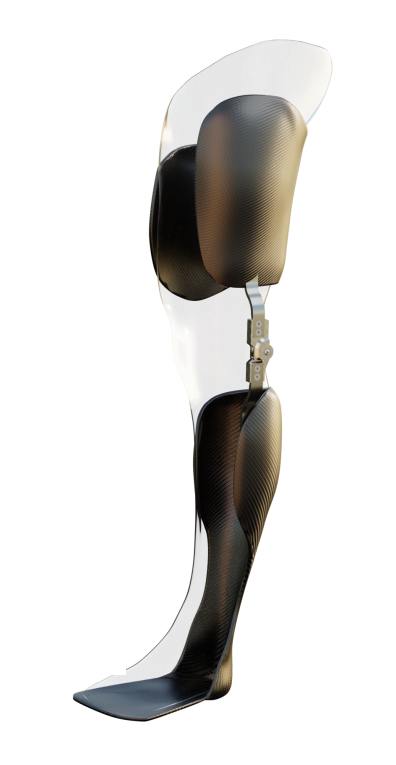Overview

Multiple sclerosis (MS) is a chronic autoimmune disease that affects the central nervous system (CNS). In MS, the immune system mistakenly attacks the protective myelin sheath surrounding nerve fibers in the brain and spinal cord. This damage disrupts nerve signals, leading to a wide range of symptoms.
One of the most common symptoms is reduced mobility.
Causes
MS is primarily an autoimmune disorder, where the immune system targets healthy myelin. However, the exact cause of MS remains unclear, but certain genetic variations contribute to its development. Exposure to certain infections, vitamin D deficiency, and smoking may also play a role.
Symptoms
MS symptoms vary widely and can affect different parts of the body:
- Fatigue: Debilitating fatigue is common.
- Motor Symptoms: Weakness, muscle spasms, and coordination difficulties.
- Sensory Changes: Numbness, tingling, and pain.
- Visual Disturbances: Blurred vision, double vision, or loss of vision.
- Cognitive Impairment: Memory problems, difficulty concentrating, and mood changes.
- Mobility Challenges: Walking difficulties due to muscle weakness and balance issues.
Regaining mobility

Losing mobility is one of the key debilitating aspects of MS. Depending on severity of the disorder, various orthotic braces may help with mobility.
Summary
Multiple sclerosis is a complex neurological condition that affects various aspects of daily life. Individualized orthotic interventions, may help with management of mobility disorders. Typically, at early stages, AFOs may be used. As the disease progresses, KAFOs can enhance mobility, reduce falls, and improve overall quality of life for individuals living with MS. Early intervention, and proper assessmentare essential for optimal outcomes.
Information provided on this website is purely informative and should not be treated as medical advice. Contact a qualified clinician for medical assessment relevant to your specific case.
